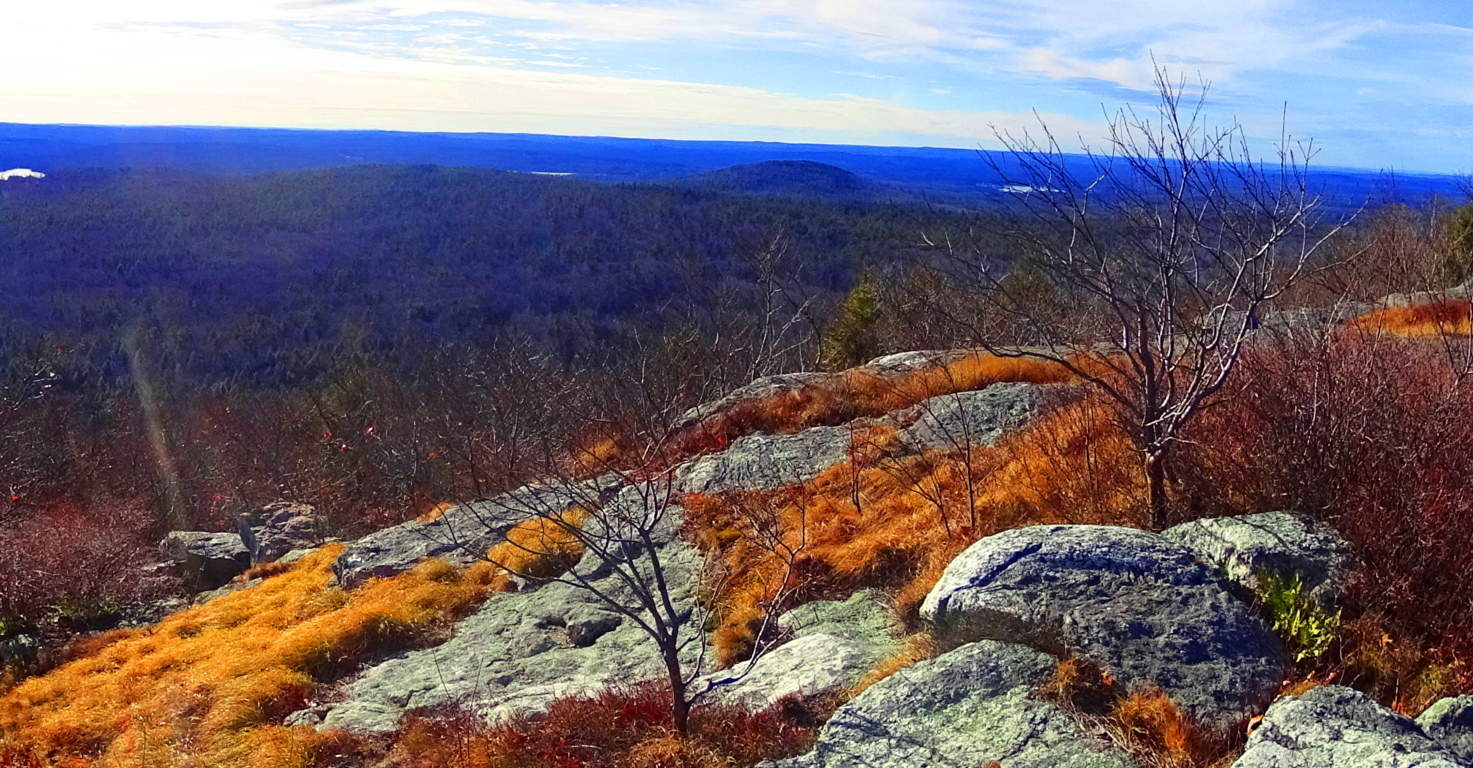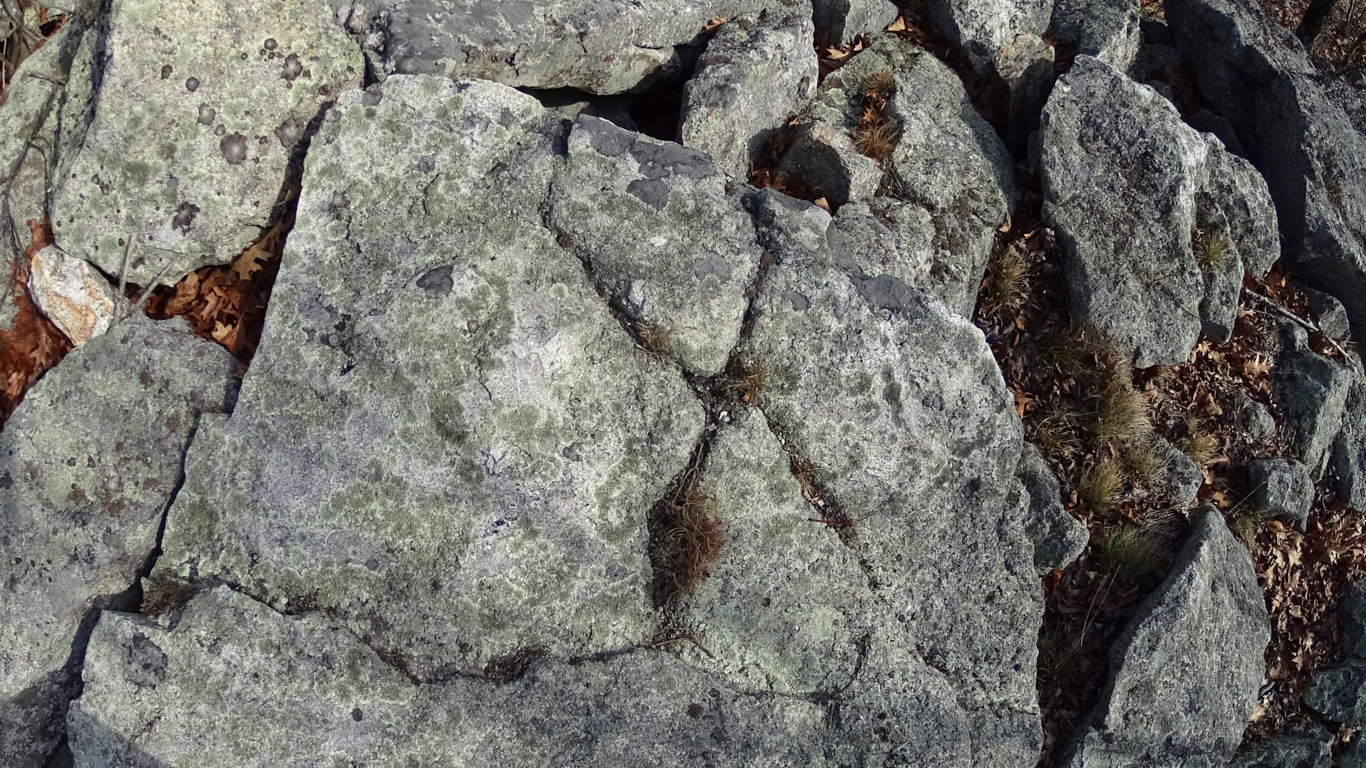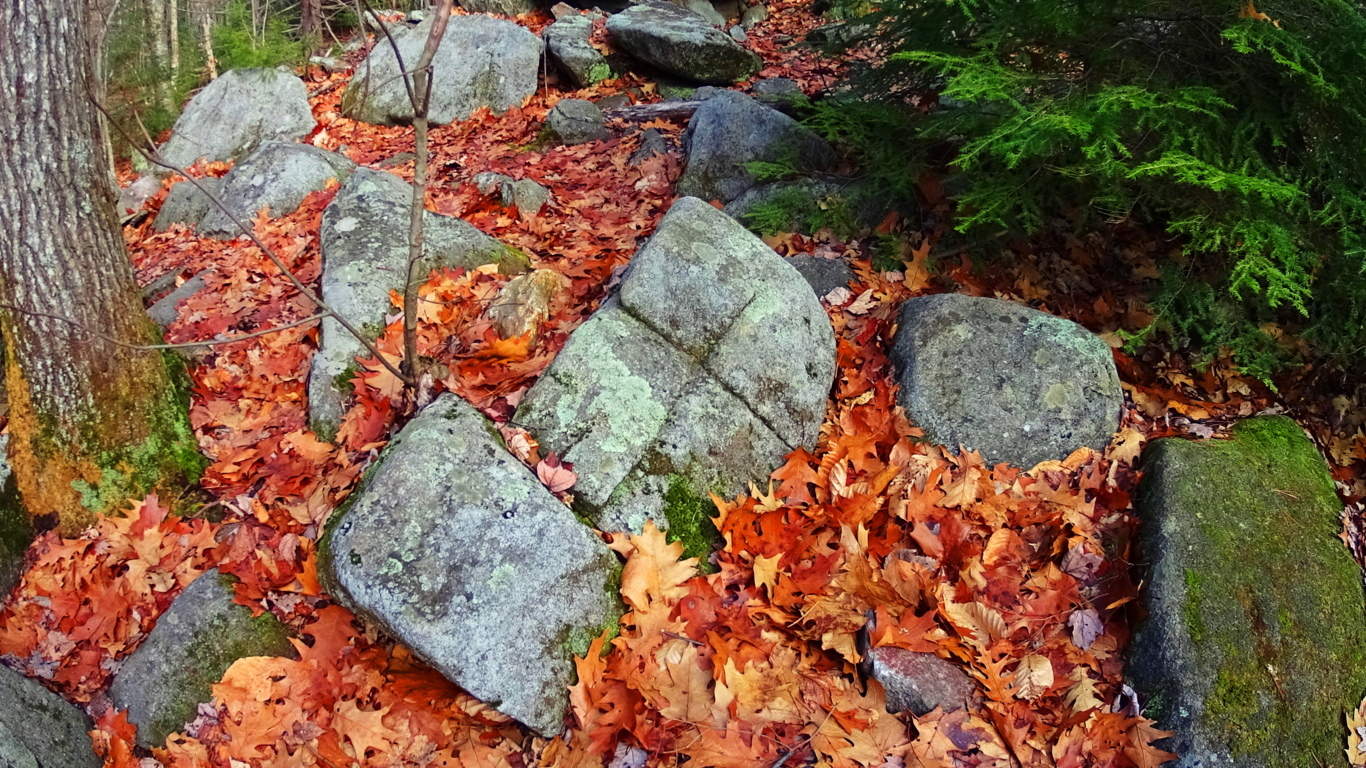Watatic Mountain
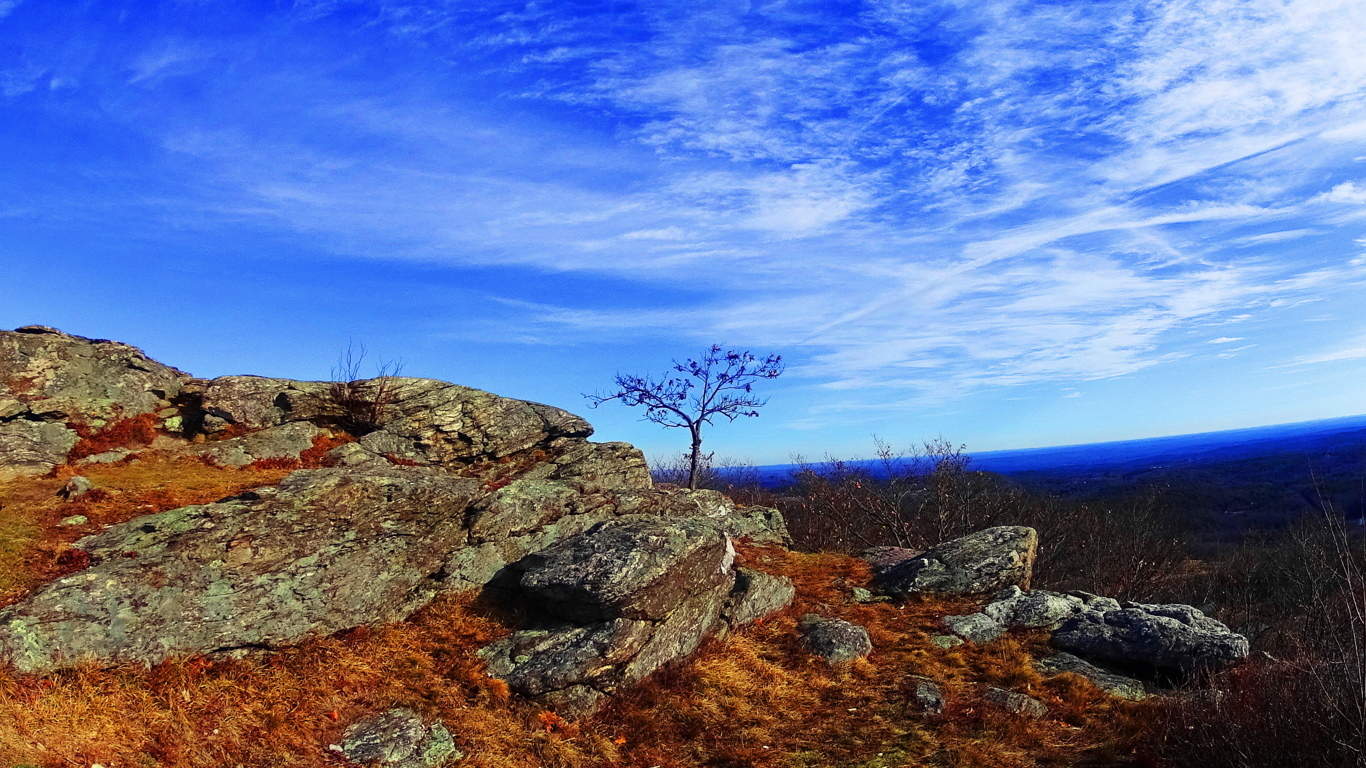 Location: Ashburnham Massachusetts, U.S.A
Location: Ashburnham Massachusetts, U.S.A
Elevation: !,831 feet.
Note: Massachusetts is a haven for the ‘small mountain’ experience, with most trails peaking under 2,000 feet. For hikers with the right vision, the experience on the trails is by no means small, however. A mysterious megalithic culture existed once on the rocky peaks, pine forests, and hilly river-valleys of this area. Strongest similarities show up across the Atlantic in the ancient Celtic elevations. The climb to the top of Watatic Mountain will grant you a great view of the State of Vermont to the north. In Autumn it is a visual miasma of colors, increasing the value of the trail exponentially. The main trail is called Nutting Hill, which is just over three miles long, half of which is just about straight up, so be prepared. The megaliths are here too, making this an anthropological experience. To begin, at ground level a set of small ponds accept the run-off from the mountain. The rocky mountainside deflects the wind coming from the north, stilling the ponds surface like glass as you pass by.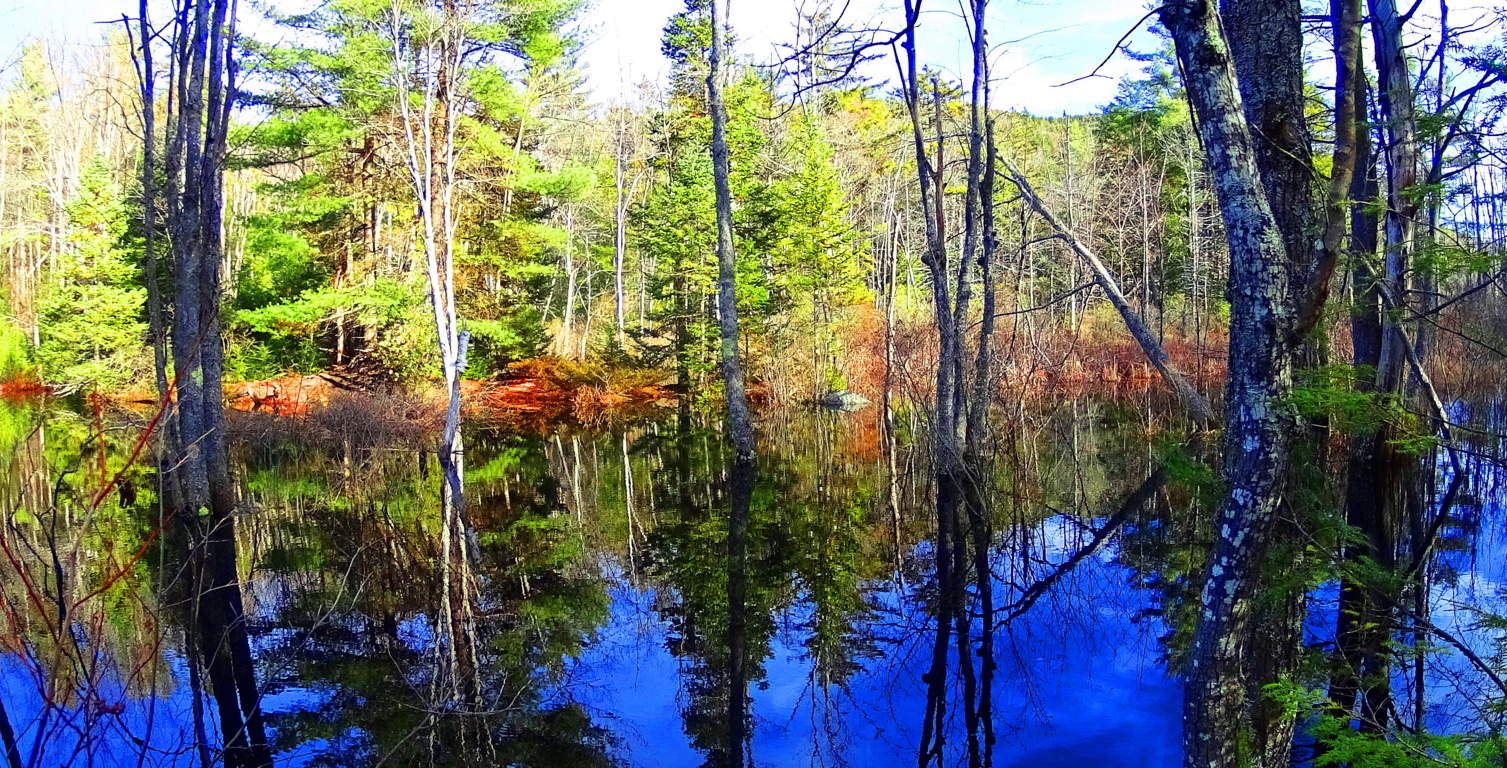 The level portion of the trail, just past the water, is only about 150 yards. Immediately strange stone fixtures protrude through the leaves all around. Among these fixtures are more significant signs of “signatures”, or specifically stylized workings in the stone. The ‘X’, or “diamond cross-section” is one of the most popular types.
The level portion of the trail, just past the water, is only about 150 yards. Immediately strange stone fixtures protrude through the leaves all around. Among these fixtures are more significant signs of “signatures”, or specifically stylized workings in the stone. The ‘X’, or “diamond cross-section” is one of the most popular types.
To look at these “X” sections it is nearly impossible to believe that they were created by ‘glacial displacement’. They create symmetries not only on the stones that they are carved into, but also in the stones within the vicinity of that particular signature. They are found on almost every Massachusetts trail where there is significant rock formations, both in the heights, and valleys.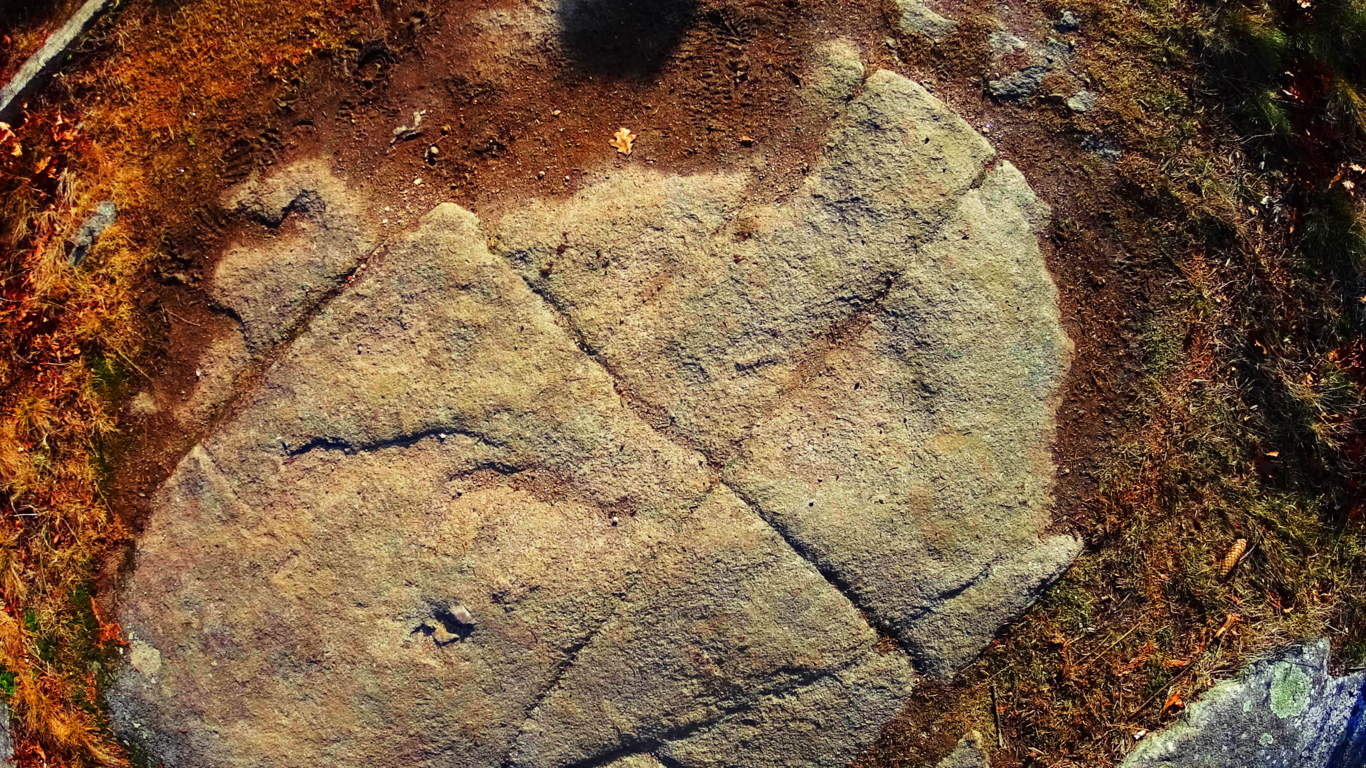 They are also found in the Celtic heights of Ireland.
They are also found in the Celtic heights of Ireland.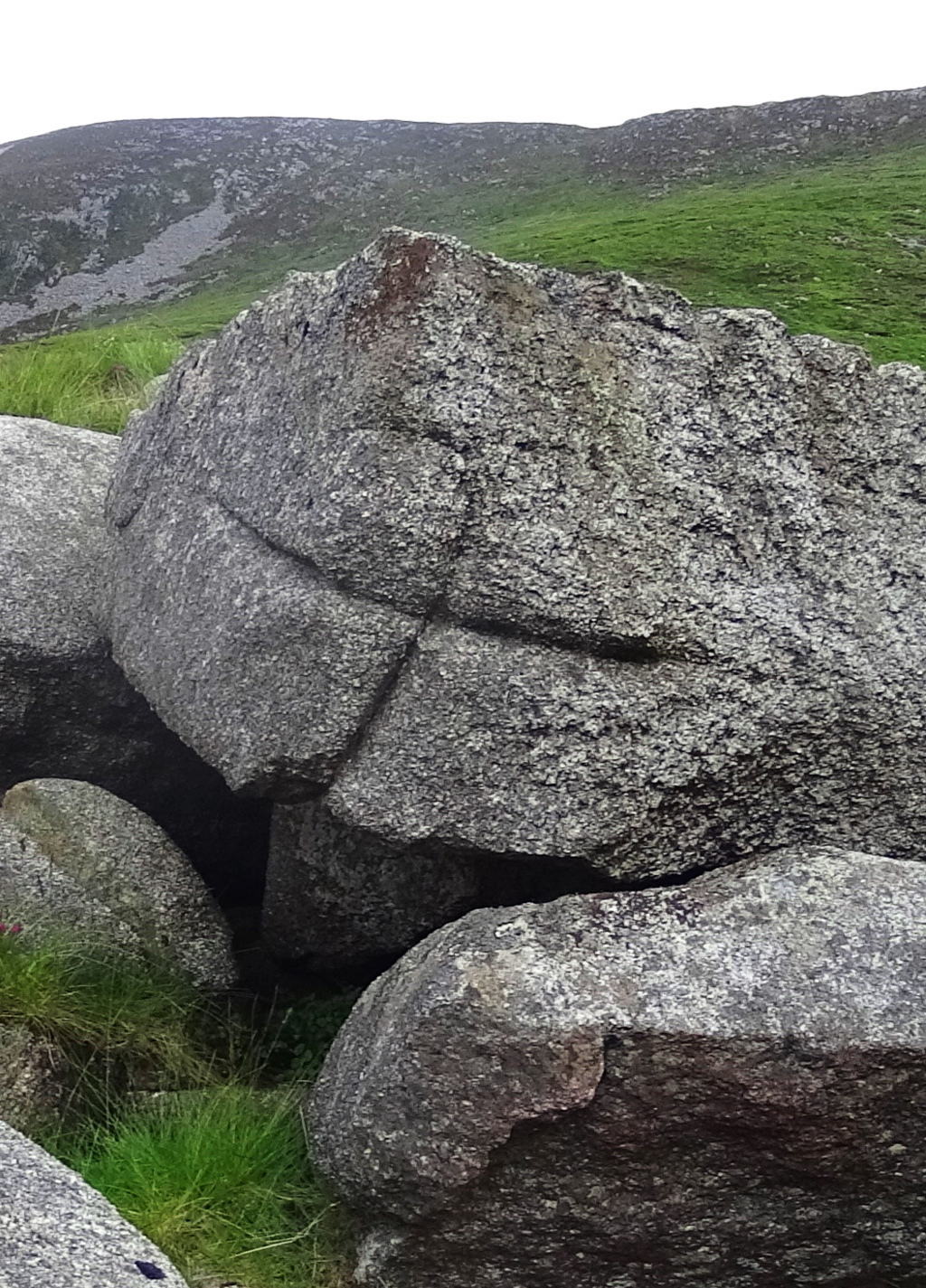 One possibility about the meaning of the “cross section” is that it is a type of utility that insures that if the section is cut, regardless of size, the remaining pieces will fit together if used to build other structures, such as stone-linings (“walls”), dwellings, or irrigation stones. Several examples of this “X” cross section from Watatic are shown here above, as well as one from the heights in the Mourn Mountains in Ireland (right). Before ascension on the trail begins, a classic megalith in the form of a smoothly split boulder, roughly 10 to 15 tons in weight, sits at the base of the mountain, like a gateway. The stone path literally passes straight through this massive cut boulder.
One possibility about the meaning of the “cross section” is that it is a type of utility that insures that if the section is cut, regardless of size, the remaining pieces will fit together if used to build other structures, such as stone-linings (“walls”), dwellings, or irrigation stones. Several examples of this “X” cross section from Watatic are shown here above, as well as one from the heights in the Mourn Mountains in Ireland (right). Before ascension on the trail begins, a classic megalith in the form of a smoothly split boulder, roughly 10 to 15 tons in weight, sits at the base of the mountain, like a gateway. The stone path literally passes straight through this massive cut boulder.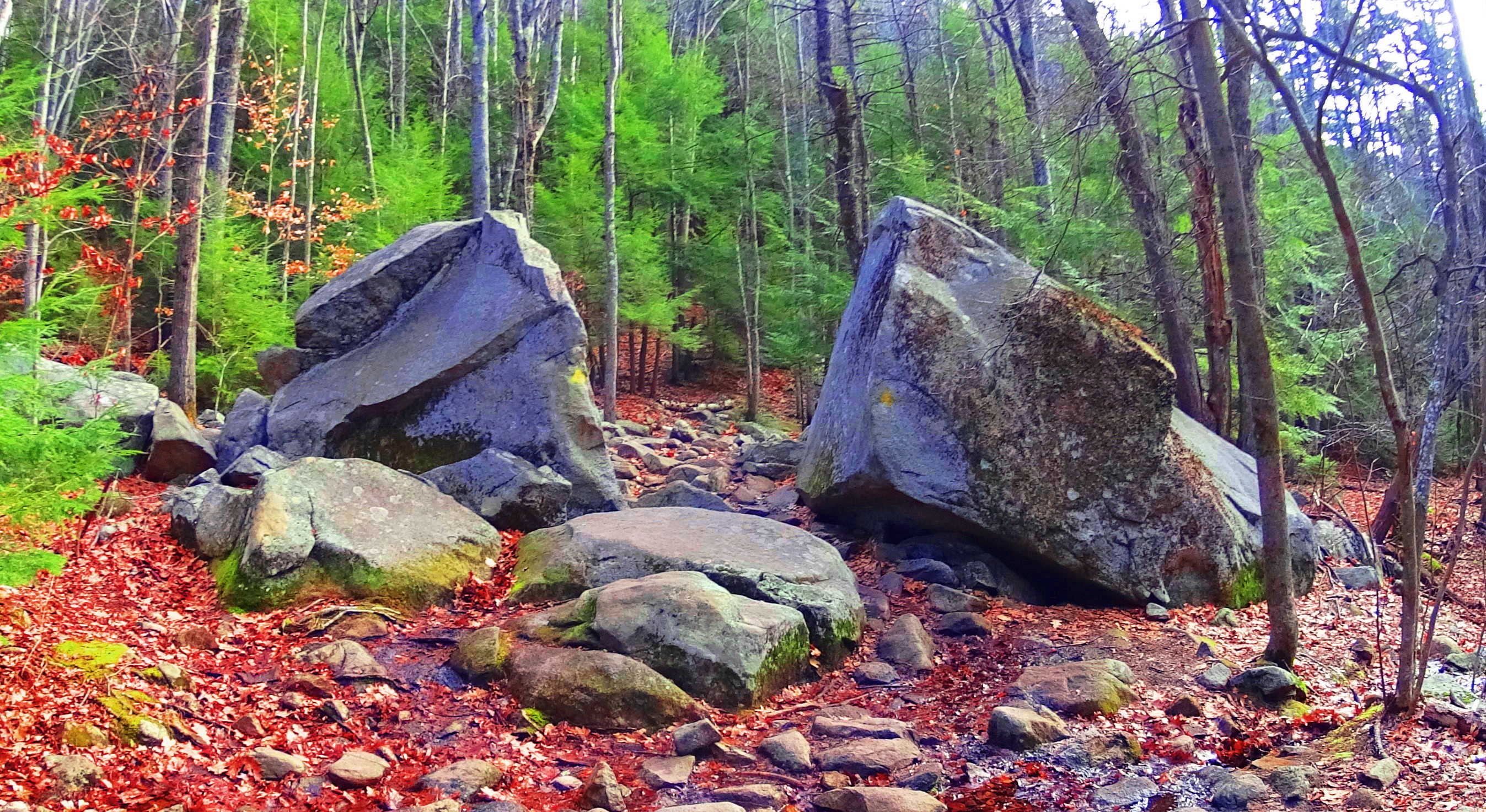 If you stop to examine the area around this megalith, you will find several “cross-sections” waiting to be observed. Continuing, as you begin to climb, a beautiful old-forest glade of pines emerges, and the path becomes wider and rockier. For roughly a mile you will work your way through these pines. Interestingly enough, it is not until you reach about 1,400 feet in elevation, that a “stone-lining” emerges.
If you stop to examine the area around this megalith, you will find several “cross-sections” waiting to be observed. Continuing, as you begin to climb, a beautiful old-forest glade of pines emerges, and the path becomes wider and rockier. For roughly a mile you will work your way through these pines. Interestingly enough, it is not until you reach about 1,400 feet in elevation, that a “stone-lining” emerges.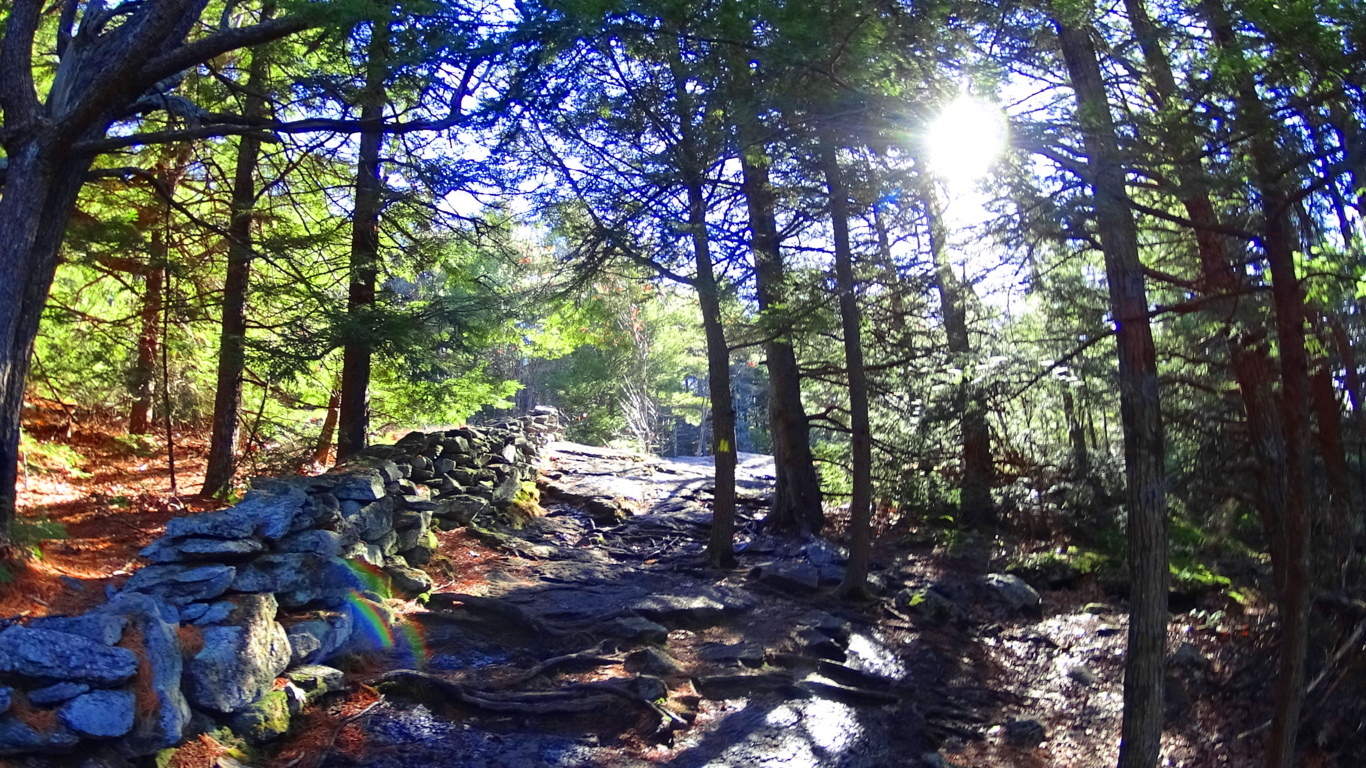 This particular “stone-lining” is another strong piece of evidence against the idea that this type of feature is not a “wall” by any means. It became clear that this feature ran circularly around the dome of the mountain, like a crown on a head. No colonial farm has ever existed at the top of this fairly narrow set of circular porches at Watatic Mountain, where there is no elevated water reserve or pasturing possibility. The case for this being the work of a colonial farmer marking off his territory is illogical. It would be a triply arduous task for any laborer to first gather enough semi-megalithic size stones to lay a three foot high, two foot thick, pile of massive cut rocks around the full circumference of the mountain, at an elevation of about 1,400 feet.
This particular “stone-lining” is another strong piece of evidence against the idea that this type of feature is not a “wall” by any means. It became clear that this feature ran circularly around the dome of the mountain, like a crown on a head. No colonial farm has ever existed at the top of this fairly narrow set of circular porches at Watatic Mountain, where there is no elevated water reserve or pasturing possibility. The case for this being the work of a colonial farmer marking off his territory is illogical. It would be a triply arduous task for any laborer to first gather enough semi-megalithic size stones to lay a three foot high, two foot thick, pile of massive cut rocks around the full circumference of the mountain, at an elevation of about 1,400 feet.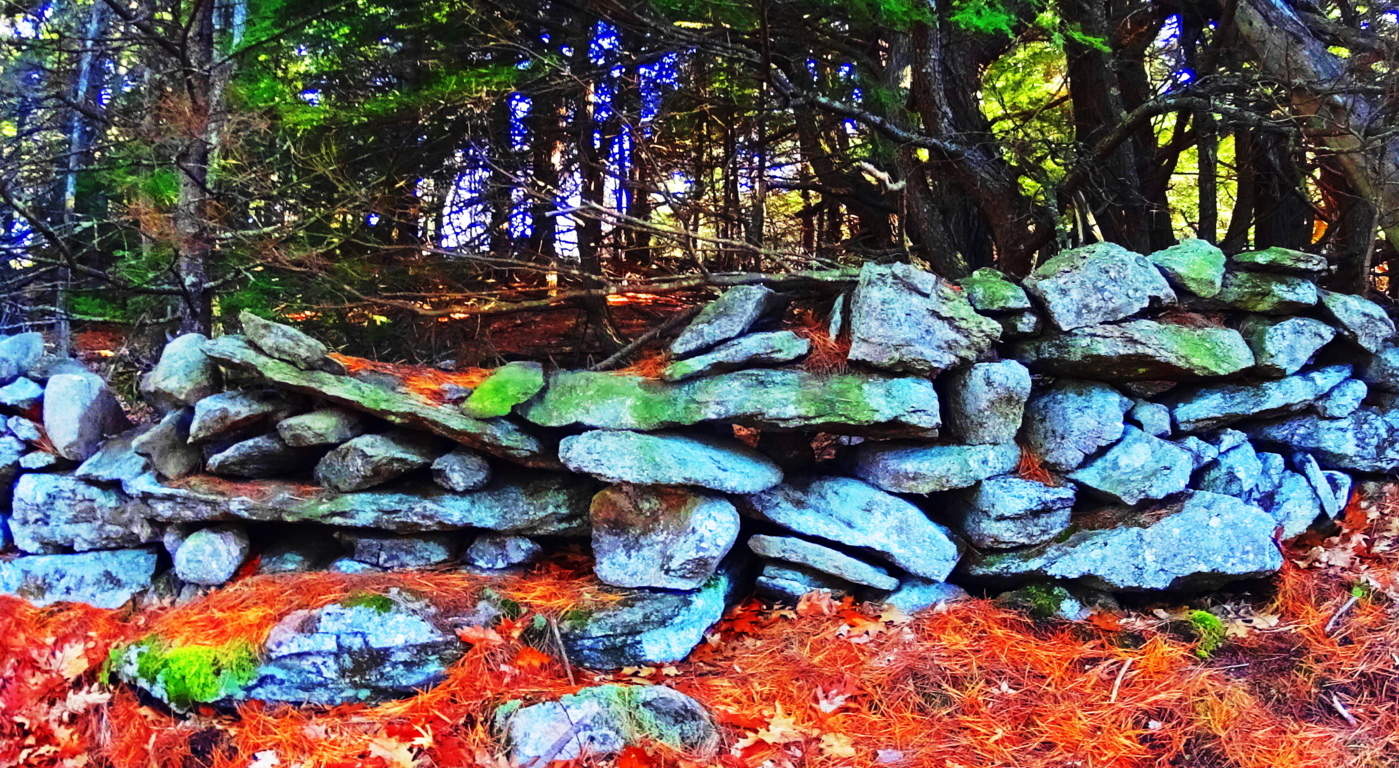 There are no signs that these stones were quarried at the top of Watatic, so they must have come from below. From below, after being crafted, piled, and gathered, the stones would have to be CARRIED UP, AND ALL THE WAY AROUND THE PEAK at an incline of roughly 60 degrees. If a laborer did manage to achieve this impossible feat, actually laying the stones, which weigh anywhere from 50 to 700 pounds each, it would take them a lifetime. Colonial living is an essay in practicality. Labors in Colonial times were conserved to efforts that yielded real sustenance, like digging wells for water, building barns for dairy and protein conservation, and clearing fields for crops. Building a stone wall for no reason around a mountain-side at 1400 feet, where there is no pasture, but only rock, would have been illogical, wasteful, and impractical to the point of preposterous. Something else is going on with these megalithic stone-linings. In places like Cavan Burren National Park in Ireland (Shown in green/right),
There are no signs that these stones were quarried at the top of Watatic, so they must have come from below. From below, after being crafted, piled, and gathered, the stones would have to be CARRIED UP, AND ALL THE WAY AROUND THE PEAK at an incline of roughly 60 degrees. If a laborer did manage to achieve this impossible feat, actually laying the stones, which weigh anywhere from 50 to 700 pounds each, it would take them a lifetime. Colonial living is an essay in practicality. Labors in Colonial times were conserved to efforts that yielded real sustenance, like digging wells for water, building barns for dairy and protein conservation, and clearing fields for crops. Building a stone wall for no reason around a mountain-side at 1400 feet, where there is no pasture, but only rock, would have been illogical, wasteful, and impractical to the point of preposterous. Something else is going on with these megalithic stone-linings. In places like Cavan Burren National Park in Ireland (Shown in green/right),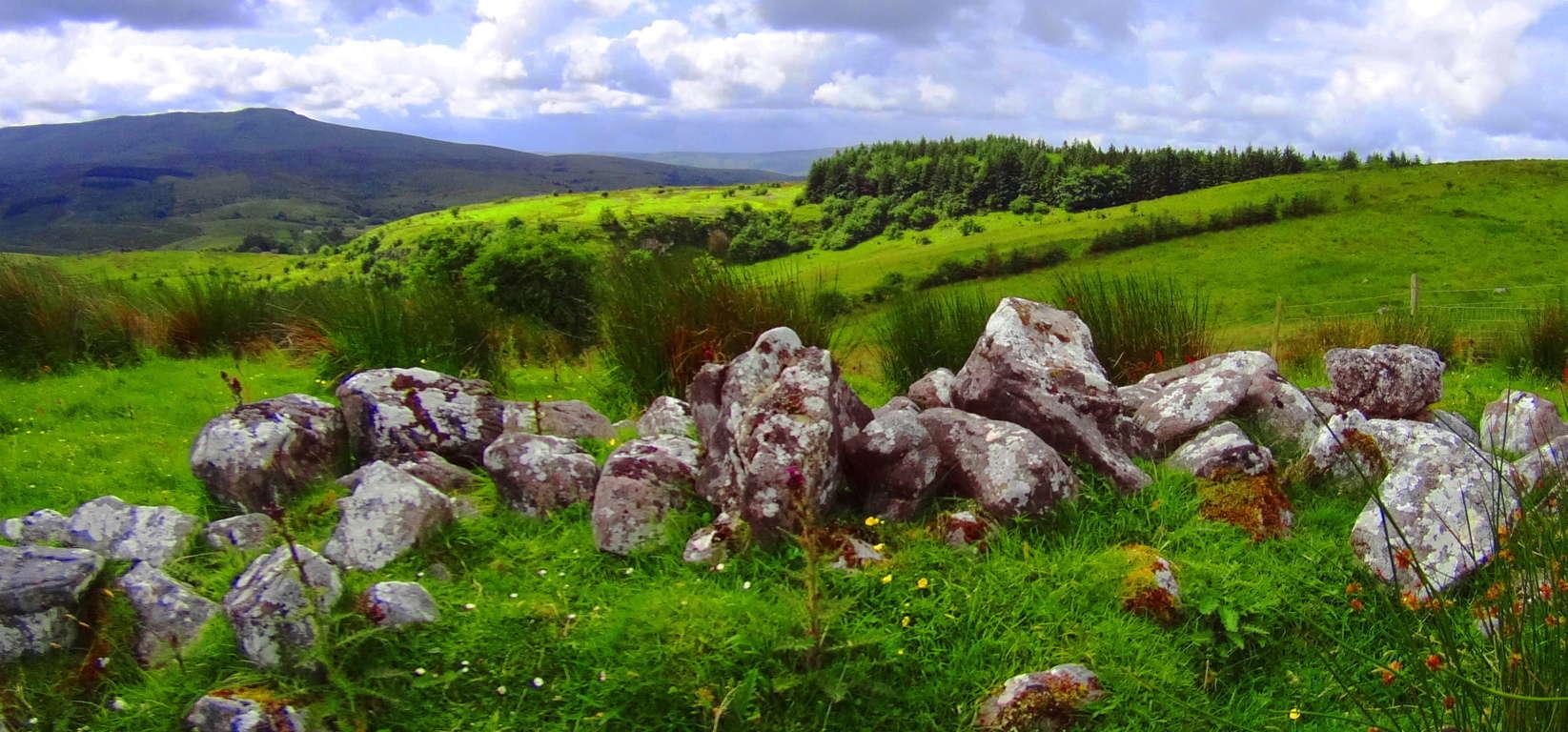 as well as the Blue Hills in south-east Massachusetts (Shown in red and orange, below/left), and the Mourn Mountains in Northern Ireland (Shown in green/left)
as well as the Blue Hills in south-east Massachusetts (Shown in red and orange, below/left), and the Mourn Mountains in Northern Ireland (Shown in green/left)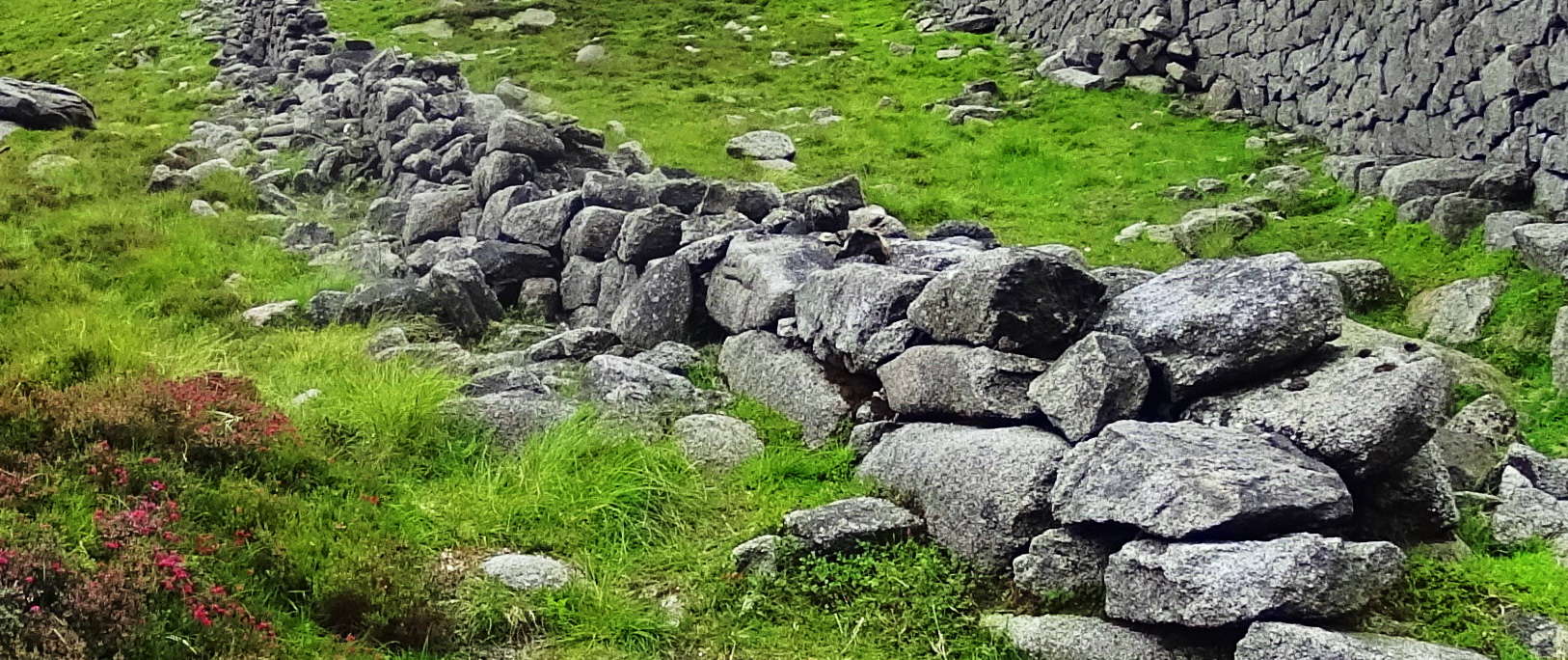 , stone lining seem to be energy connectors, or containers of energy in certain spaces.
, stone lining seem to be energy connectors, or containers of energy in certain spaces.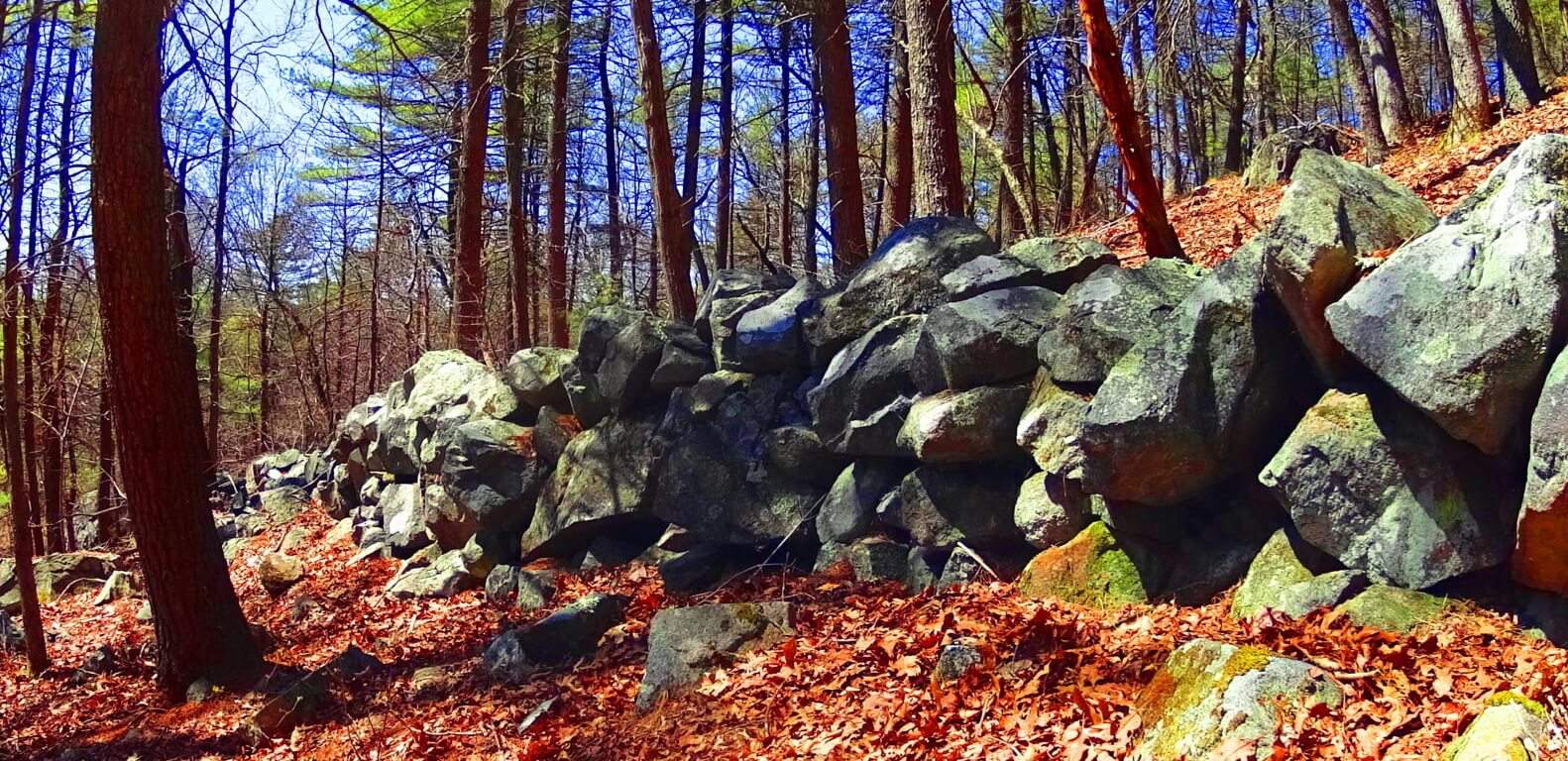 All of these linings are at significant elevations, and are not capable of containing any kind of herds; And this is what is happening at 1,400 feet on Watatic Mountain. Whoever set the stones in place wanted us to understand that the space created within the circle is a sacred energy center, charging the elevated dome of the Mountain with subtle energies. Continuing on again, after passing this 1,400 feet mark, your path will follow the stone-lining for about 100 yards until you cross-over into this special zone. At 1,650 feet there is beautiful Celtic style standing-stone just off to left of the path.
All of these linings are at significant elevations, and are not capable of containing any kind of herds; And this is what is happening at 1,400 feet on Watatic Mountain. Whoever set the stones in place wanted us to understand that the space created within the circle is a sacred energy center, charging the elevated dome of the Mountain with subtle energies. Continuing on again, after passing this 1,400 feet mark, your path will follow the stone-lining for about 100 yards until you cross-over into this special zone. At 1,650 feet there is beautiful Celtic style standing-stone just off to left of the path.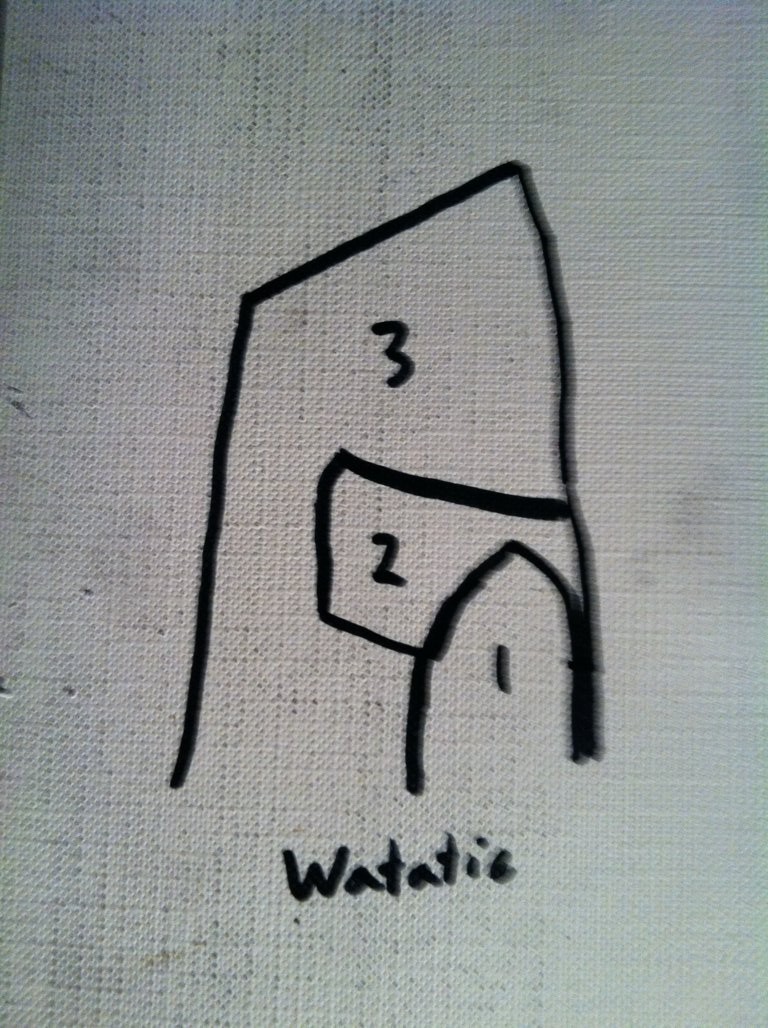
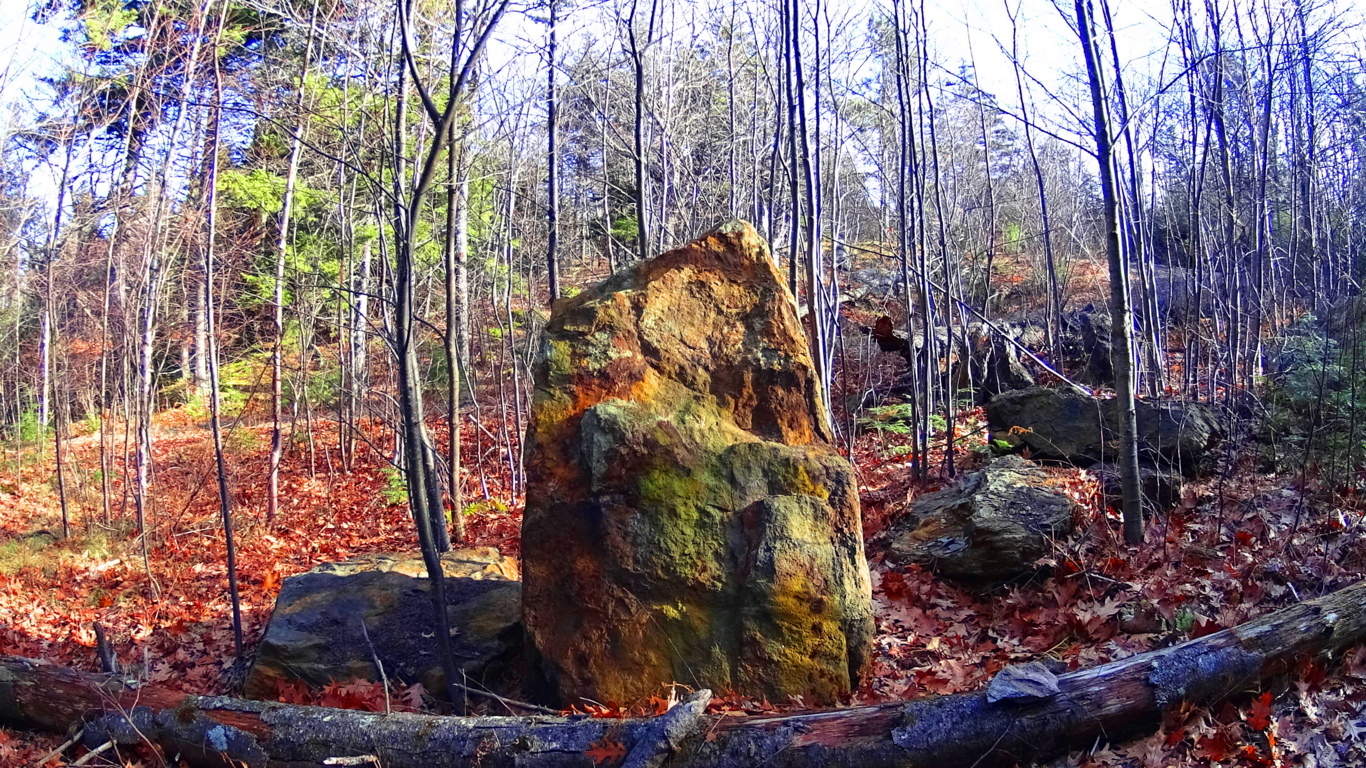 It stands 6 feet tall, and perhaps 7 feet in width, with a distinctly cut ‘face’ supported by a rotund rear side.
It stands 6 feet tall, and perhaps 7 feet in width, with a distinctly cut ‘face’ supported by a rotund rear side.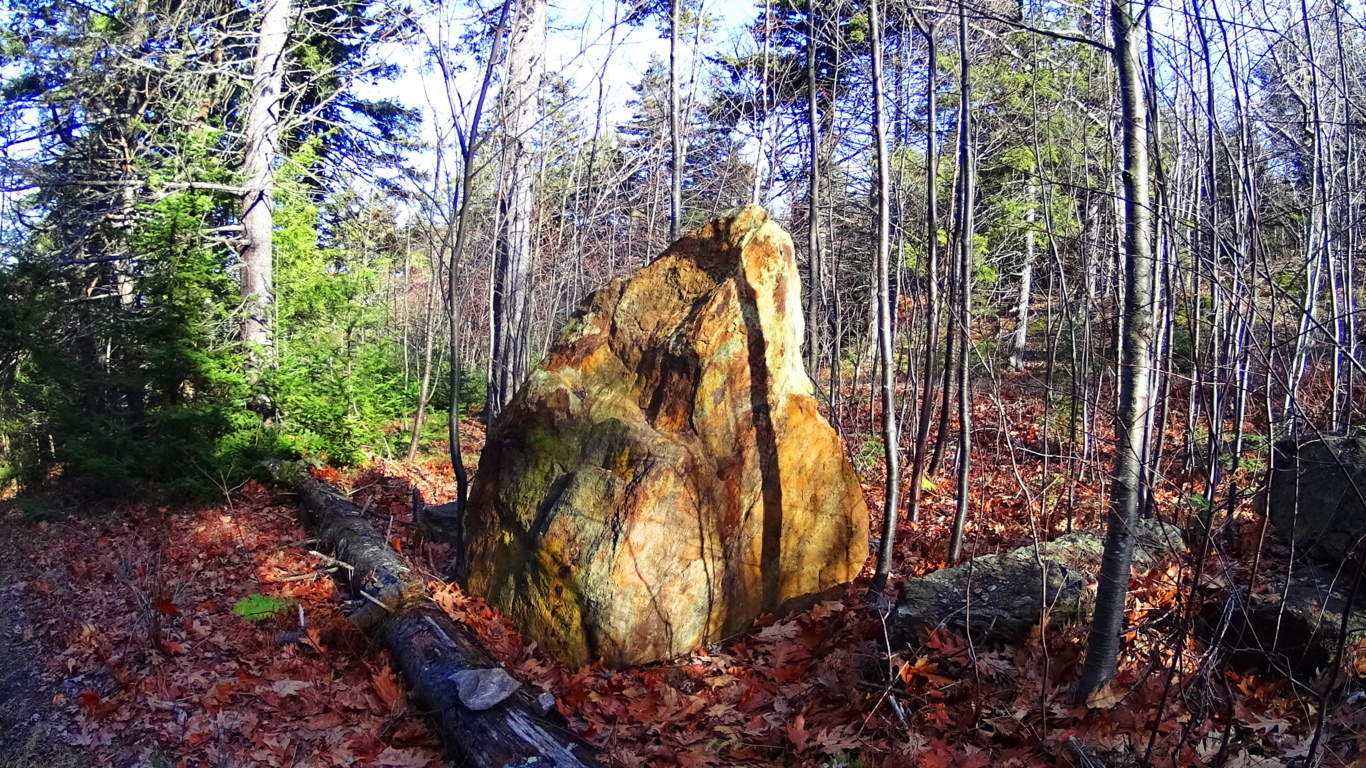 This exact style of “cut-facing with “rotund-rearing” can be found in a gorgeous diamond shaped, white standing-stone, along the castle trail at Glenveagh National Park in Ireland, (shown here in the next two images below).
This exact style of “cut-facing with “rotund-rearing” can be found in a gorgeous diamond shaped, white standing-stone, along the castle trail at Glenveagh National Park in Ireland, (shown here in the next two images below).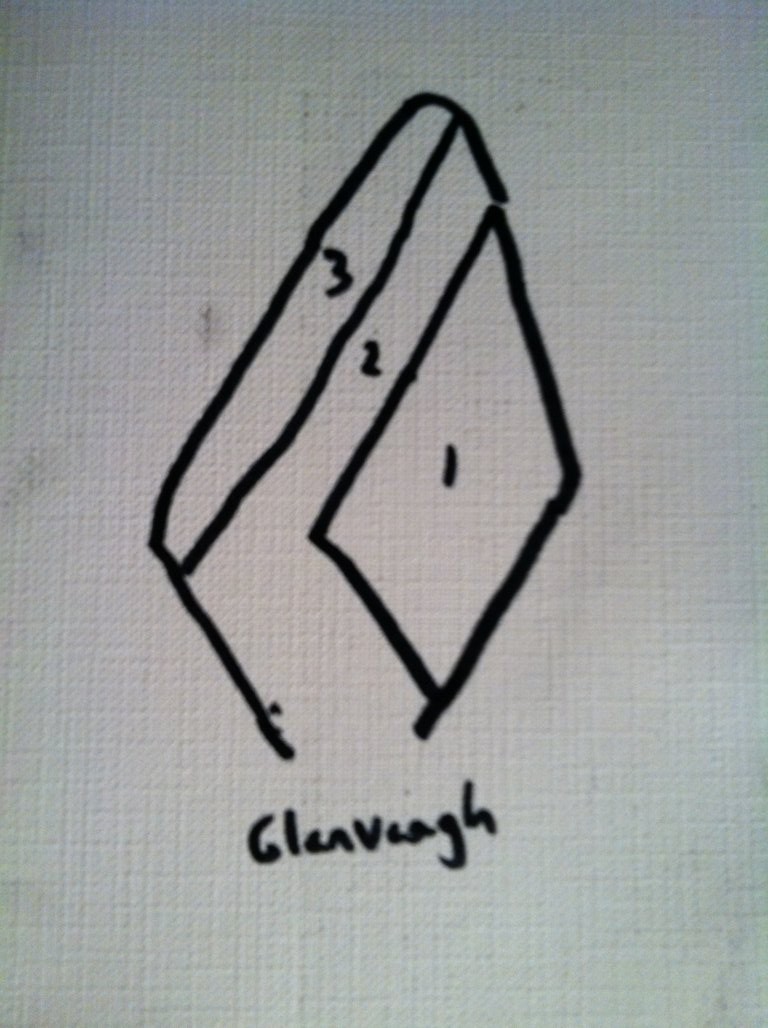
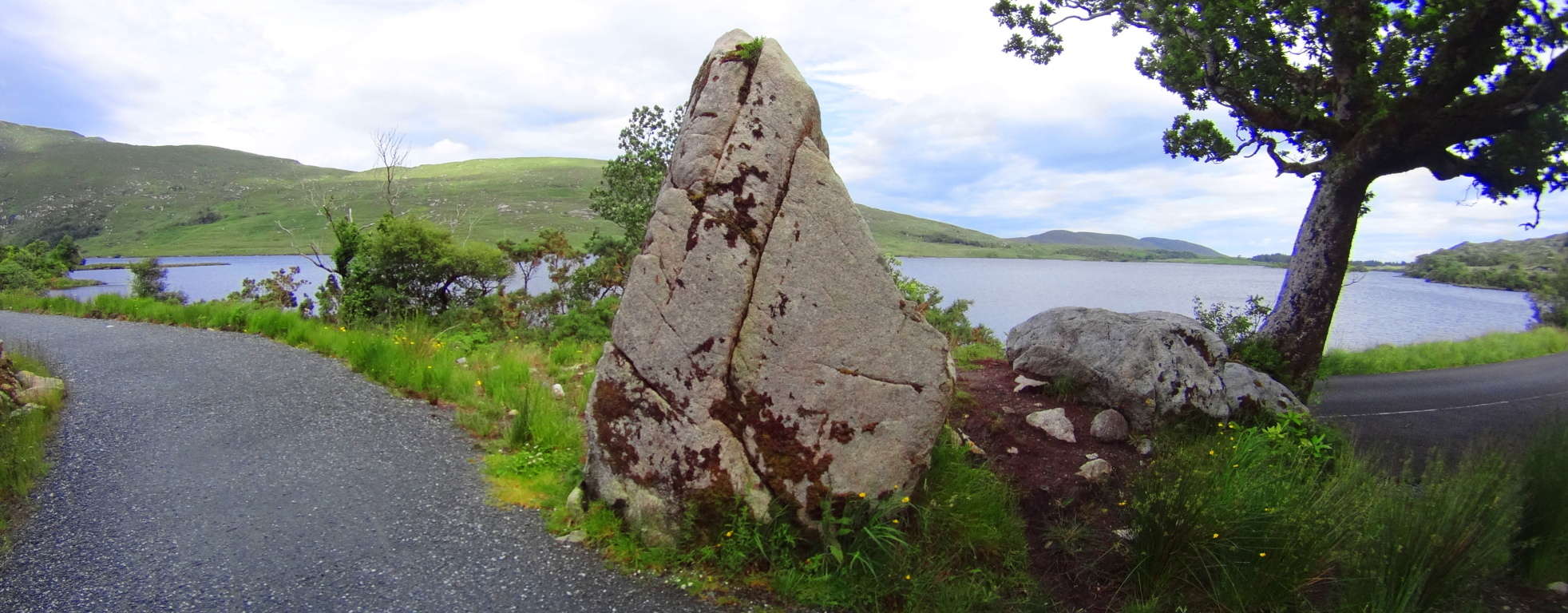
It is impossible to miss the distinctness of the “face” side with the “supporting rounded-rear side” in both stones, and therefor the similarity in craftsmanship. This is pretty solid evidence that the designers of these standing-stones had almost exactly the same knowledge about crafting them, as if they were from the same culture, although separated by an ocean. This is where the story of the Nephilim, as the first anthropological society on Earth, becomes relevant. Obviously the standing-stone at Watatic is so weathered by thousands of years of foliage layered on its distinct face, that it is practically camouflaged into the overgrowth, covering what looks to be pink granite beneath the grime, as opposed to the marble clarity of the Celtic stone, that has not experienced New England foliage. 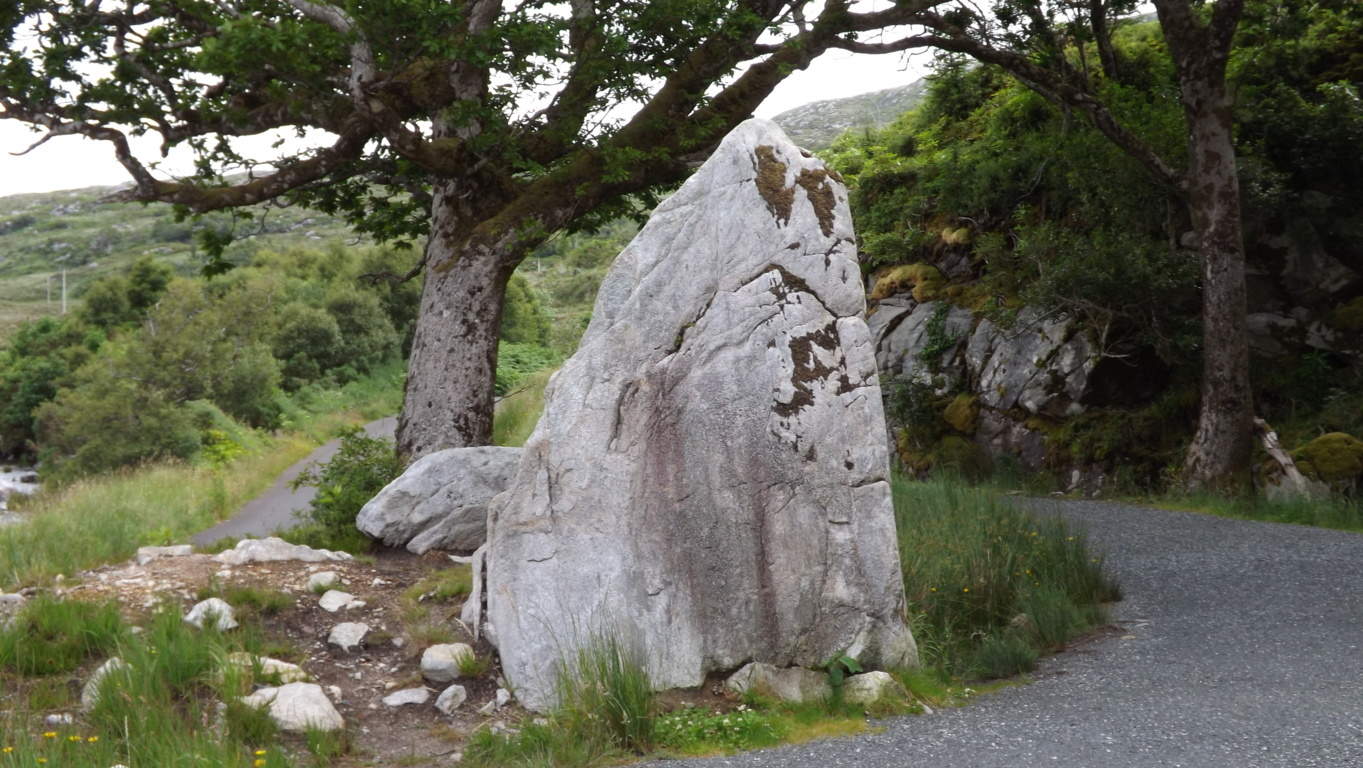 The standing-stone indicates, especailly at such an elevation, that this was once an incredibly endeared and valued space to whoever inhabited it. Finally, a quaintly cut-stone staircase climbs up to the last portion of the heights.
The standing-stone indicates, especailly at such an elevation, that this was once an incredibly endeared and valued space to whoever inhabited it. Finally, a quaintly cut-stone staircase climbs up to the last portion of the heights.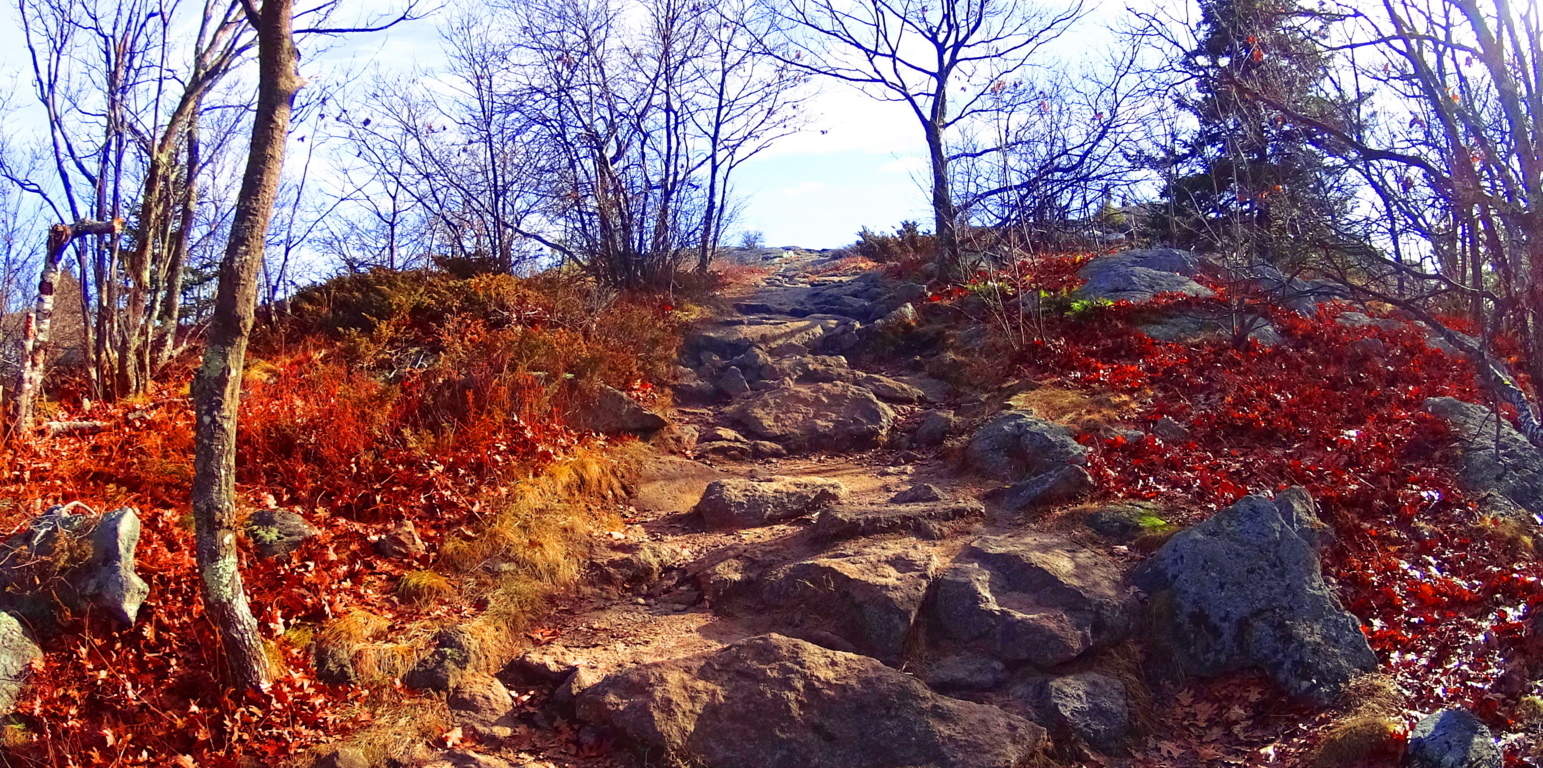 Here you will arrive at a grand porch with a 360 degree view. The rocky trail continues to a larger secondary porch, 50 yards south, lined with pines and rounded granite floors.
Here you will arrive at a grand porch with a 360 degree view. The rocky trail continues to a larger secondary porch, 50 yards south, lined with pines and rounded granite floors. It is well worth the effort to reach the top. Watatic is an essential “small mountain” experience in Massachusetts, literally crowned by ancient megalithic stones. Take a day and see for yourself, you won’t be disappointed.
It is well worth the effort to reach the top. Watatic is an essential “small mountain” experience in Massachusetts, literally crowned by ancient megalithic stones. Take a day and see for yourself, you won’t be disappointed.